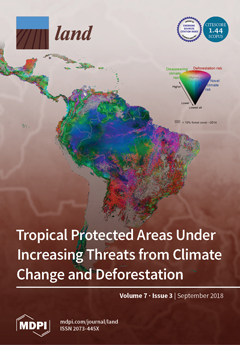Resource information
The article examines the context of a recently discovered double bath-house complex in Loutres, a site near Mochlos on the north shore of eastern Crete. The excavators explore the broader questions posed by the finding, in connection to both its immediate surroundings and its wider periphery. Its relation to the site’s geography, a ravine on the shore, forms the starting point to address issues regarding its original use as well as its later transformations. The enquiry leads into considering similar structures with different fates in the area and the connotations regarding their relationship to both the landscape and the settlements to which they belonged. The article goes on to discuss the general issues of the historic context of medieval Crete concerning both the archaeology and the information from the sources. It seems that long-held concepts about the abandonment of seaside settlements due to the so-called “Arab threat” are no longer valid. On the contrary, archaeology proves the continuity of the settlements of eastern Crete, both in Loutres and elsewhere. Moreover, the later use of the bath-houses in the area provides evidence for social changes after the 13th century impacting on both the landscape and its settlements.


